
views
Preparing the Dye and Neutralizer
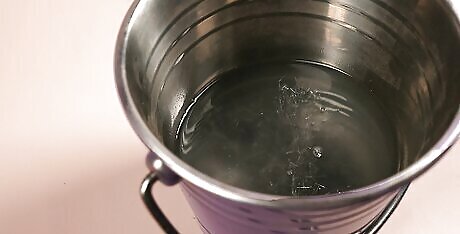
Soak some steel wool in a bucket with a bottle of acetone for 2 hours. Place the steel wool in the bucket first and then pour in the acetone, to avoid splashing acetone. Soaking in acetone will make the steel wool more susceptible to oxidation. This way the steel wool will rust more easily when you add the vinegar. Steel wool that's graded #0000 will work the best, but feel free to use whatever you have around the house. Acetone is often sold as nail polish remover.

Put some steel wool into a glass jar. Make sure to use a glass jar, and not a metal container. Vinegar corrodes metal, so it would eat up a metal container! Separate the steel wool with your hands before placing it in the jar to make sure it has as much surface area as possible. Steel wool can be sharp when you separate it, so consider wearing gloves to protect your hands.

Warm up several cups of distilled white vinegar on the stove. Pour the vinegar into a pot and heat on the stove for a few minutes, until it reaches about 100 Fº (38 Cº). The warmth of the vinegar will help speed up the reaction. You can check the temperature of your vinegar while it’s heating by placing a kitchen thermometer into the pot.
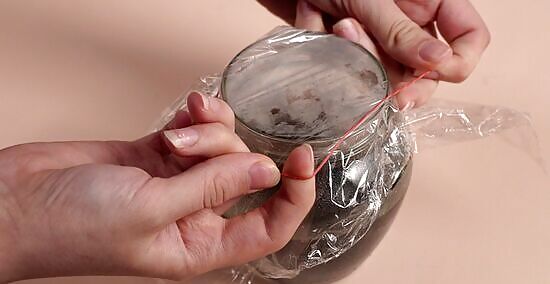
Pour the vinegar into the jar and cover the jar with saran wrap. Fill the jar until it is almost at the top. Seal the jar with saran wrap and a rubber band. Punch some holes in the saran wrap so that gases can escape. After a few days, the vinegar will rust the steel wool. Covering the jar most of the way will prevent debris from getting in.
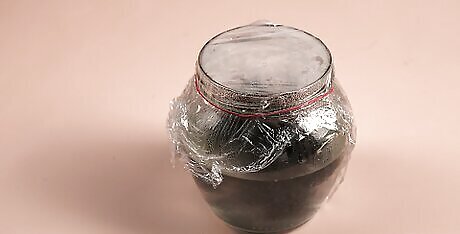
Let the jar sit for 3 days to a week. Every day, open the jar, stir the solution, and check the color. When the liquid has an opaque, light brown color, it is ready to use. The longer you wait, the darker it will get. Don’t worry if your solution smells bad, that means it’s working!
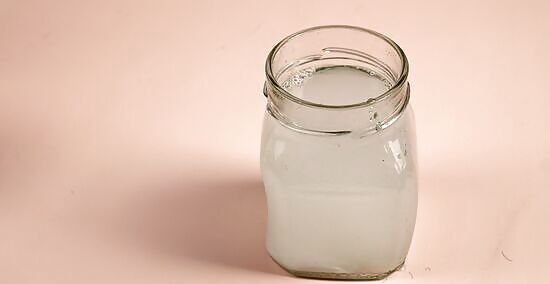
Pour a bit of baking soda into another glass jar to make the neutralizer. Aim for a ratio of 1 part baking soda to 16 parts water. Baking soda will make a neutralizer that cuts the smell of the vinegar solution. It will also prevent the black leather dye from rubbing off your leather and getting onto other surfaces once it has set.
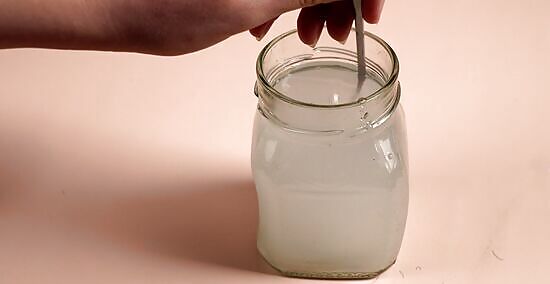
Fill the baking soda jar with water and stir. Use room temperature water. The water will dissolve the baking soda to make your neutralizer. Stir until all the baking soda has dissolved. The baking soda should be barely visible in the water. Once the baking soda has dissolved, set aside the neutralizer solution.
Dyeing Your Leather
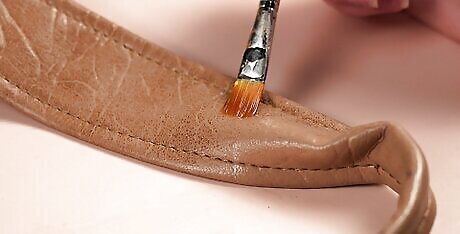
Test the dye by painting it on a small scrap of leather. Avoid touching the solution with your hands. Check to see if the leather has a dark matte color. If not, try adding more steel wool and letting the solution soak for several more days. If the scrap of leather comes out black, the dye is working! You’re ready to use it on whatever you want to dye. If your solution has sludge on top, you can strain it through a strainer to leave the sediment behind.

Dye your leather with the vinegar solution. Use a paintbrush or a dauber to apply the vinegar solution. Don't worry if the dye appears clear when you first apply it, or if the leather doesn’t look dark at first. After a few minutes, it will turn dark.
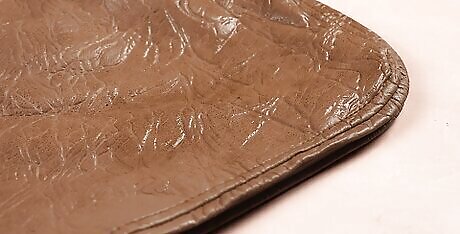
Wait 3 minutes for the dye to seep into the leather. As the dye gradually seeps into the leather, it will turn the leather into a rich, dark black. If after 3 minutes, the leather is the color you want it to be, move on to neutralizing your leather. If not, you can apply a second coat.

Apply a second coat of dye if necessary. Again, apply the dye with a paintbrush or dauber. Wait 3 minutes for the dye to seep in, and check the color. Repeat until your leather is the desired darkness.
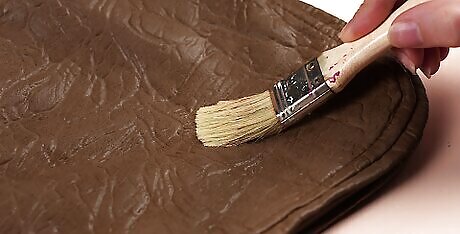
Neutralize the leather with the baking soda solution. Once your leather is dark enough, it’s time to neutralize the acid from the vinegar. Apply the neutralizer with a paintbrush. Leave the neutralizer on the leather for at least 20 minutes. This will give time for the baking soda solution to seep into the leather and remove the acidity. If a residue of baking soda remains after 20 minutes, dab the leather with a damp cloth to clean.
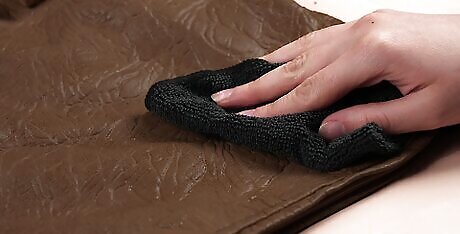
Condition the leather with leather conditioner. Put some conditioner onto a soft cloth. Rub the cloth over the leather gently. This will prevent the leather from cracking. Now your leather is dyed and finished! The vinegar smell might linger for a few weeks, but with plenty of airing out, it should dissipate.











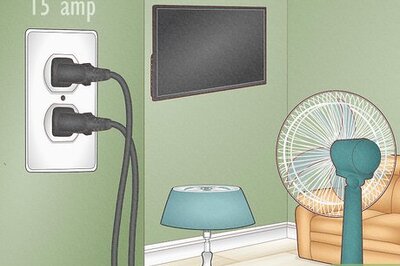

Comments
0 comment